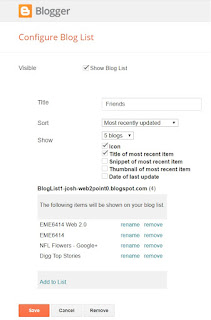What is yours, and what isn't?
When I was an undergraduate, while I understood what intellectual property was, the naive me could not fully appreciate why we needed it. Fast forward 10 years, and I understand the financial implications of rights ownership.
And if like me, you get confused about the difference between copyright, creative commons, and how much you can use before it is considered Fair Use, this might help you.
The first resource always helps me better understand the difference between the four main copyright rules and how to provide the correct level of attribution so as not to infringe on said copyright.
 |
| Source: http://langwitches.org/blog/2014/06/10/copyright-flowchart-can-i-use-it-yes-no-if-this-then/ |
The second resource I find useful is Linda Lohr's textbook "Creating Graphics For Learning and Performance (2007)". It states exactly how many seconds of music, or percentage of motion media that you are allowed to use under Fair Use (p. 287-289).
Finally, if you need an example of how copyright infringement is detected, Margaret Gould will explain how Youtube does it. She goes on to explain the increasingly complex nature of media ownership because of the web.
Let me know what you guys think. Is it even still possible to police the issue with the exponentially growing media creation and uploads.
Josh, out

Love the ted talk video! Thanks for sharing it. It is amazing what can be done. When she said the system was scanning one hundred years of video a day, it blew me away. Not just the fact that it was running through that volume, but more that there is that much content to review each day. Crazy!
ReplyDeleteI think it is smart that YouTube lets owners manage thee use. of their content It reminds me of the options that creative commons offers.